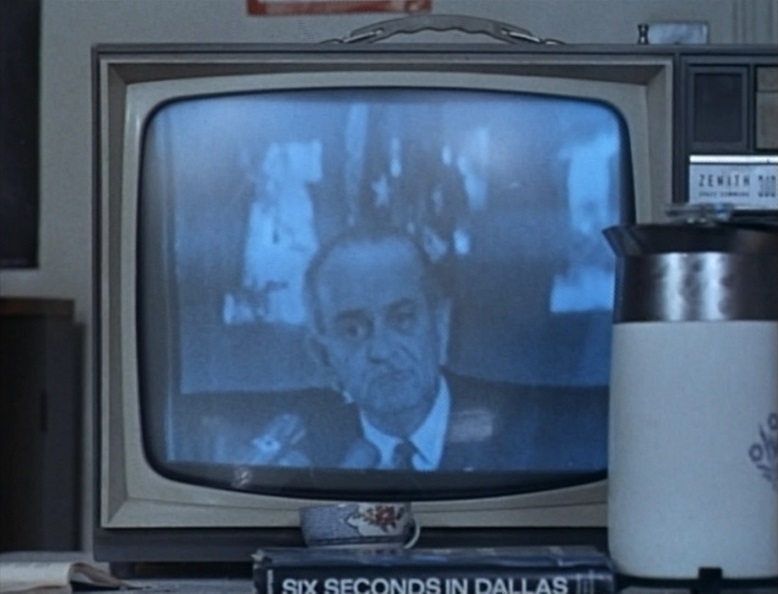RANKING THE ROLES, AS AL PACINO TURNS 80
THE INDEPENDENT - "HIS WORK IS SO VISIBLE THAT IT'S STRANGELY EASY TO IGNORE"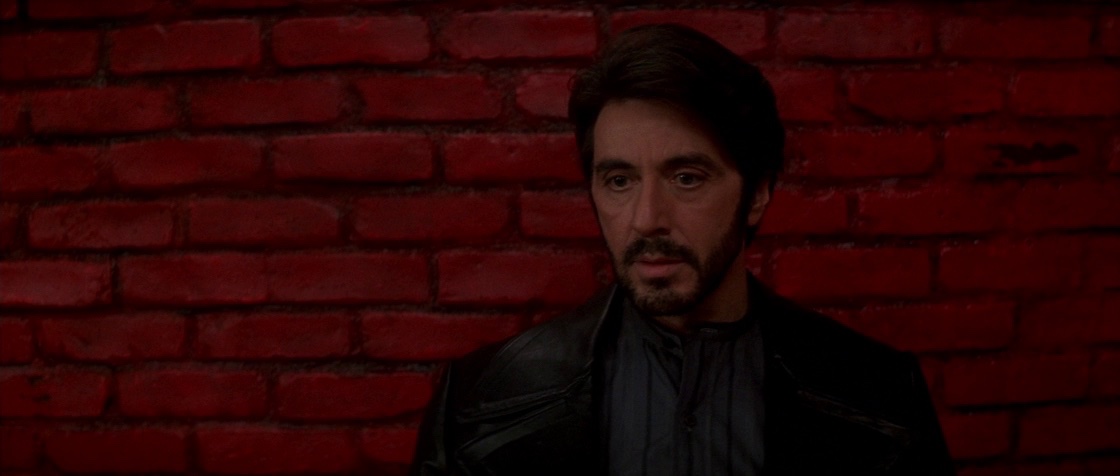
As
Al Pacino turns 80 today, several sites have been posting articles and rankings of the actor's roles. The most interesting of these is at
The Independent, where
Clarisse Loughrey looks at Pacino's "10 greatest films, from
Scarface to
Serpico" --
Michael Mann thinks of Al Pacino as like the greater painter Picasso, who creates his art through “a series of brushstrokes”. Take 1995’s Heat, which Mann himself directed, and the actor’s infamous delivery of the line: “She’s got a GREAT ASS!” It’s odd, ludicrous and entirely unexpected – just as Picasso would allow a sudden intrusion of colour or an eye to drop halfway down his subject’s face. Pacino has always been a kind of jack-in-the-box actor. He stores a world-devouring rage deep behind those hungry, coal-black eyes, then turns the crank. Sometimes it explodes out of him; sometimes it’s left to vibrate beneath the surface. He’ll oscillate between the extremes of complete control and complete loss of control – ideas he can apply equally to the roles of criminal, lover, or addict.
A few of Pacino’s characters, such as Tony Montana and Michael Corleone, have become embedded in popular culture. His work is so visible that it’s strangely easy to ignore. He’s won an Oscar, an Emmy, and a Tony (known as the “Triple Crown of Acting”), but also has a history of being snubbed by his peers.
The Academy didn’t reward him for The Godfather, Serpico, or Dog Day Afternoon, but chucked him a conciliatory Oscar in 1993 for his aggressive “hoo-ah”-ing in Scent of a Woman. It’s also led to a tendency to focus on his blips – there’s no talking about Pacino now without bringing up the ironically cringeworthy (and also non-ironically cringeworthy) Dunkin’ Donuts rap he did in 2011’s Jack and Jill.
But the trajectory makes sense. So early on in his career did he perfect his craft (with an incredible run between 1971 and 1975) that he’s spent the following decades in desperate search of something new. “A man’s reach should exceed his grasp, or what’s a heaven for?” wrote Robert Browning, in his poem “Andrea del Sarto”. Pacino has quoted it often. The lows have always been worth the highs.
He’s had his own mini-Renaissance of late, thanks to his work in The Irishman, Once Upon a Time… in Hollywood, and Hunters. It’s a formidable string of performances from an actor who turns 80 tomorrow (25 April), though he doesn’t intend to retire anytime soon. There will surely be more great performances to come.
Loughrey then goes on to rank Pacino's "best so far," beginning with
Jerry Schatzberg's
Scarecrow (1973) at number ten, and Pacino's role as top closer Ricky Roma in
James Foley's film of
David Mamet's
Glengarry Glen Ross at number nine. Then we get to the next three on her list:
8. Scarface (1983)It’s a stark indictment of Hollywood’s diversity phobia that Pacino, an Italian-American, was cast by Brian De Palma as a Latinx immigrant not once, but twice (more on Carlito’s Way later). But the actor’s take on Tony Montana, a Miami drug dealer who climbs to the top and immediately loses the plot, is the stuff of legend. Cocaine flows through this man’s veins. His delusions have cemented into gilded kitsch. He thinks of a firearm as his “little friend”. Pacino delivers Tony in the same erratic cadence as Frank Slade in Scent of a Woman, but his exorbitance here is justified. Tony isn’t a man; he’s a symbol of total moral corruption. The fact he’s since been adopted as an entrepreneurial cult hero is telling – so is the fact that the decade’s consumerist worship was so absurd that many critics failed to realise that De Palma was operating firmly in the role of satirist.
7. The Irishman (2019)
If the past couple of decades have seen Pacino dip into self-parody, The Irishman was his chance to reassert himself as one of the greats. The same was true of co-stars Robert De Niro and Joe Pesci – even director Martin Scorsese went out and proved he’s still the undisputed master of the gangster genre. It’s a deeply reflective, muted film that works both as a throwback to the golden era of these men’s careers and a critical re-examination of their own legacies. Pacino, playing union president Jimmy Hoffa, reignites his firebrand charisma only to immediately ground it in a complex web of righteousness and moral indignation. It might not be the showiest performance of his career, but it’s a sublime return to form.
6. Carlito’s Way (1993)
Carlito’s Way never deserved its reputation as Scarface’s little sibling. Yes, the surface similarities are there – they’re both De Palma-directed stories that star Pacino as a Latinx criminal type. But they’re tonally alien to each other. Scarface is the parody of masculinity, while Carlito’s Way tackles the idea with far more sincerity. Its main character, Carlito Brigante, has vowed to go straight, but finds that the past is near-impossible to escape. And so Pacino’s approach here is to go softer and more understated, underpinned by a sense of tragic inevitability. When harassed by Benny (John Leguizamo), a cocksure younger gangster, you can feel Carlito’s old impulse for violence rear its head. But he tries to push it down. He fumbles a little. His eyes flit around the room, suddenly filled with uncertainty. Carlito’s clearly uncomfortable with this new skin he’s crafted for himself. When his newfound dedication to morality backfires, audiences are sure to come away with a bitter taste in their mouth.
Loughrey's top five, then, are Schatzberg's
The Panic in Needle Park (1971, #5),
Sidney Lumet's
Serpico (1973, #4),
Francis Ford Coppola's
The Godfather (1972, #3), Lumet's
Dog Day Afternoon (1975, #2), and...
1. The Godfather Part II (1974)Michael Corleone is, undeniably, the greatest role of the actor’s career. What makes the difference between his performance in the first and second Godfather films (the third is probably best left unmentioned) is the extent of his transformation. He starts to fall in Part I, but becomes unrecognisable by Part II. He’s a man now willing to murder his own family in order to keep its sanctity. When he gives his brother Fredo (John Cazale) the kiss of death, his emotions shift so quickly between raptorial fury – there’s a moment you think he might just crush Fredo with his own hands – and a profound sense of loss. It’s heartbreaking to see anyone so utterly consumed by darkness. Coppola inserts flashbacks to the crimes of Michael’s father, Vito Corleone (Robert De Niro), to hammer home the cyclical nature of violence. It’s one of Hollywood’s great tragic arcs. And Pacino commits like his life depends on it – those eyes we’re so used to seeing filled with fiery rage are now also flecked with deep guilt and regret. Pacino was nominated for an Oscar for The Godfather Part II, but lost the award to Art Carney for Harry and Tonto. It remains one of the Academy’s most outrageous blunders.
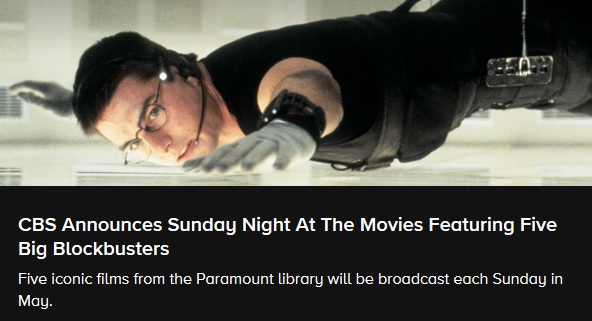




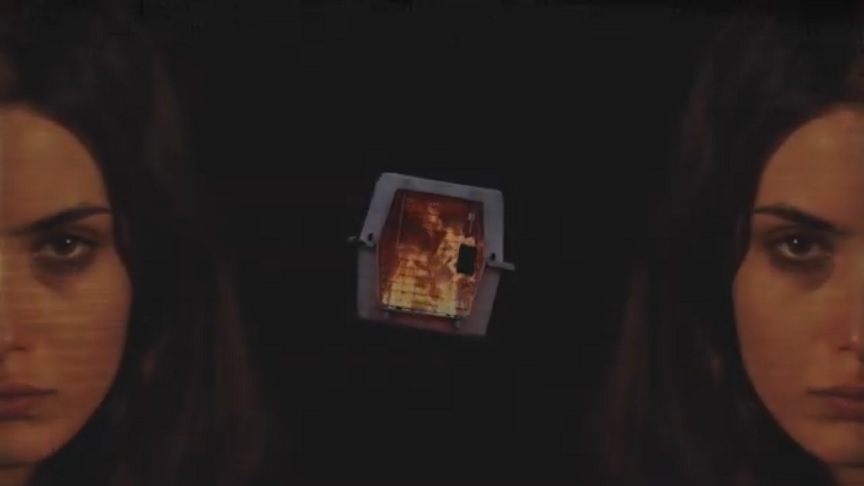
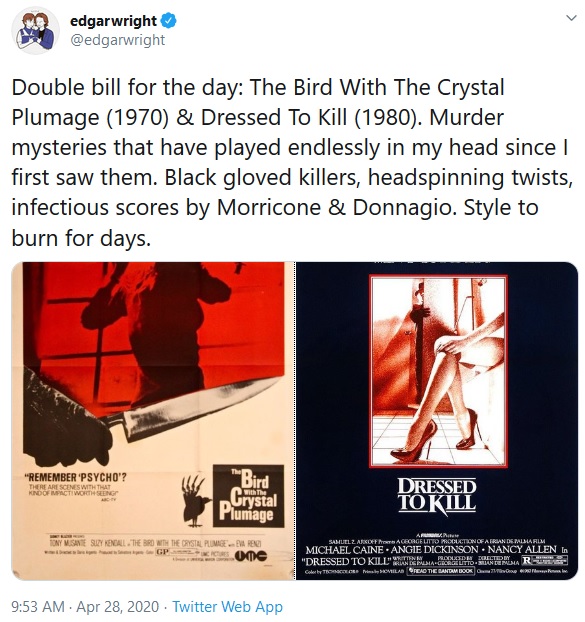
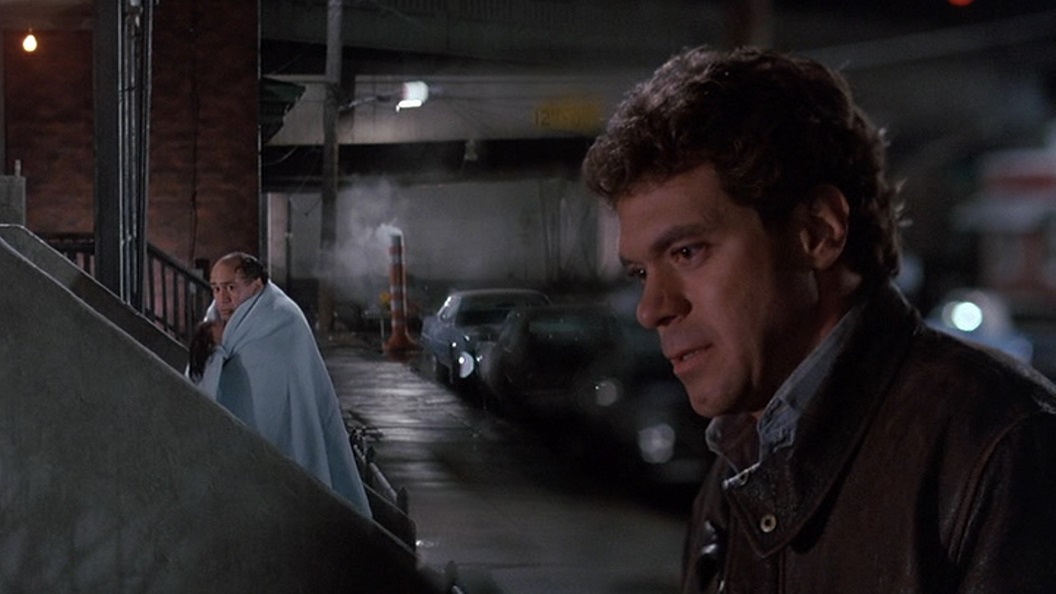

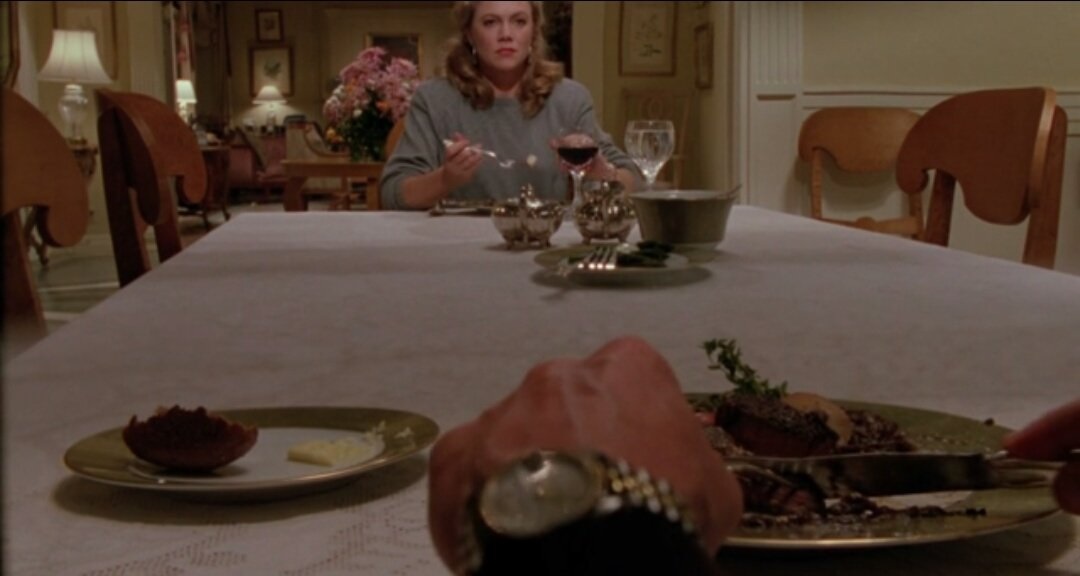

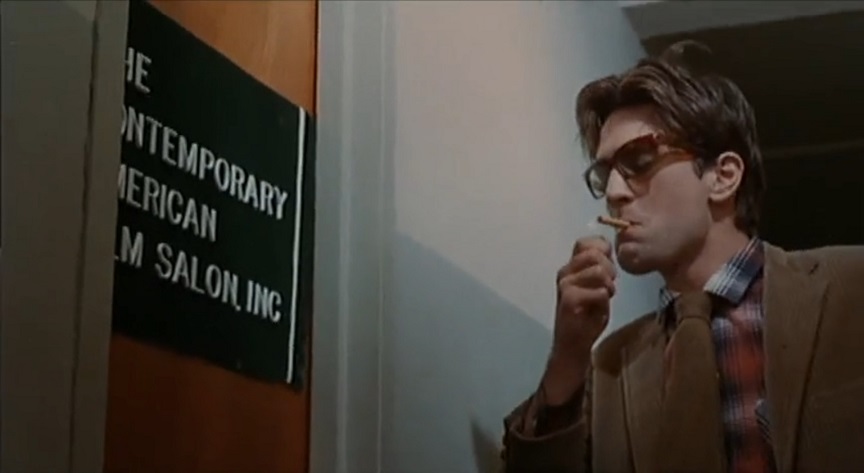
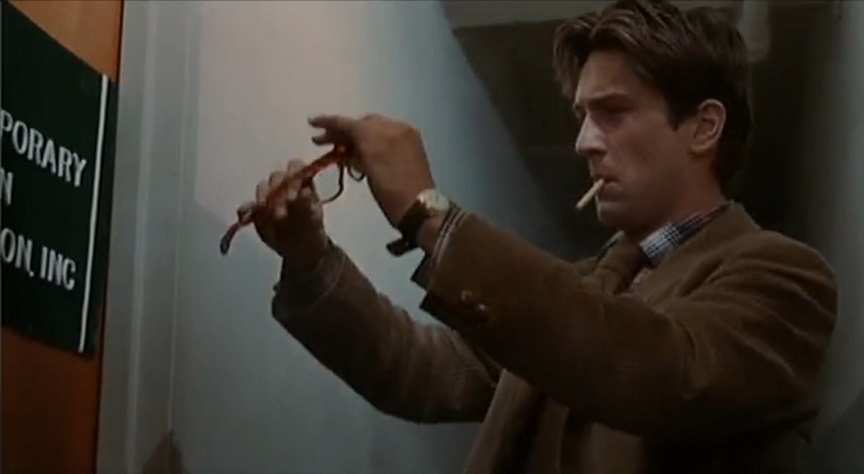

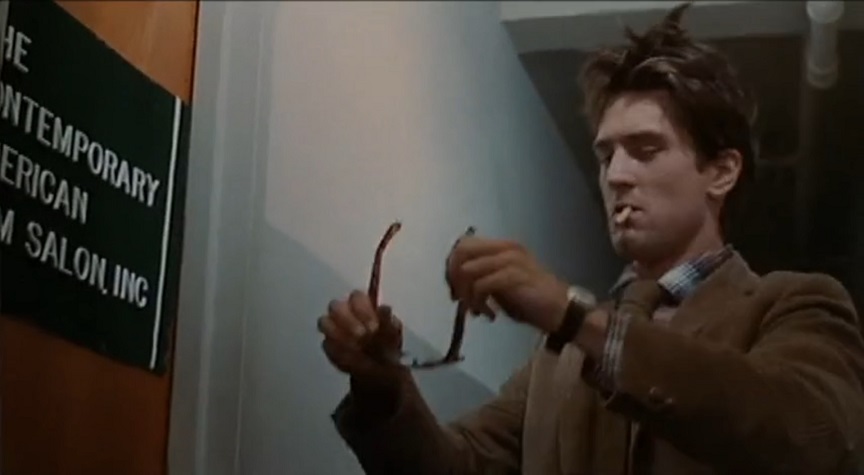
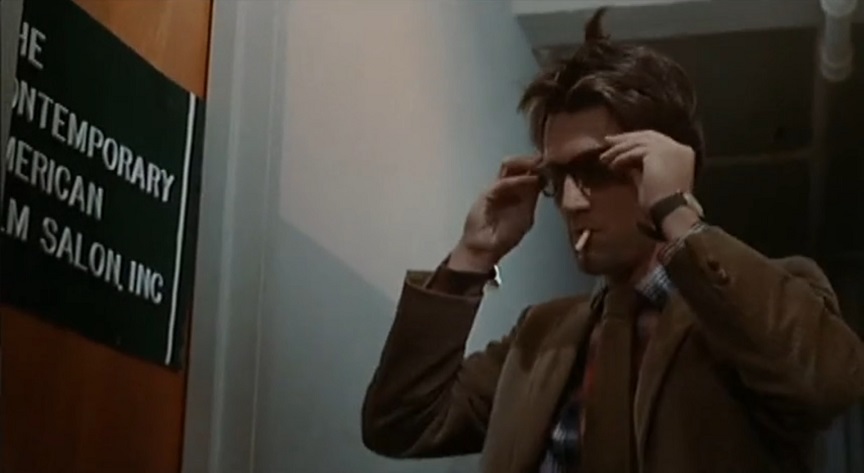
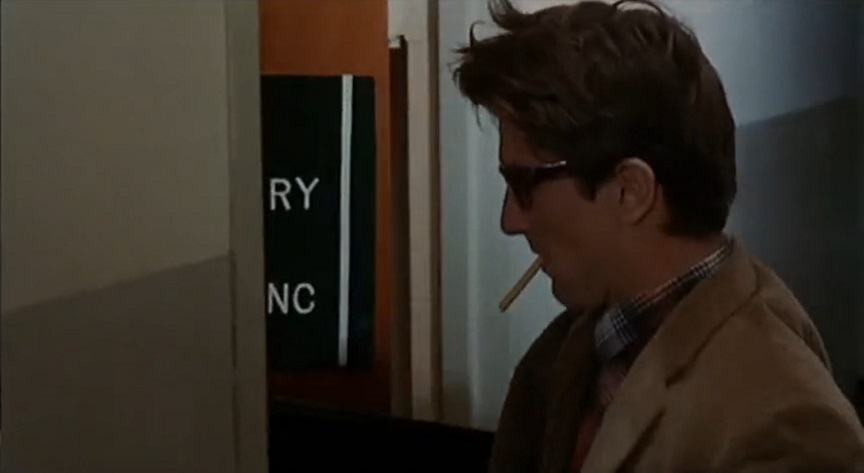
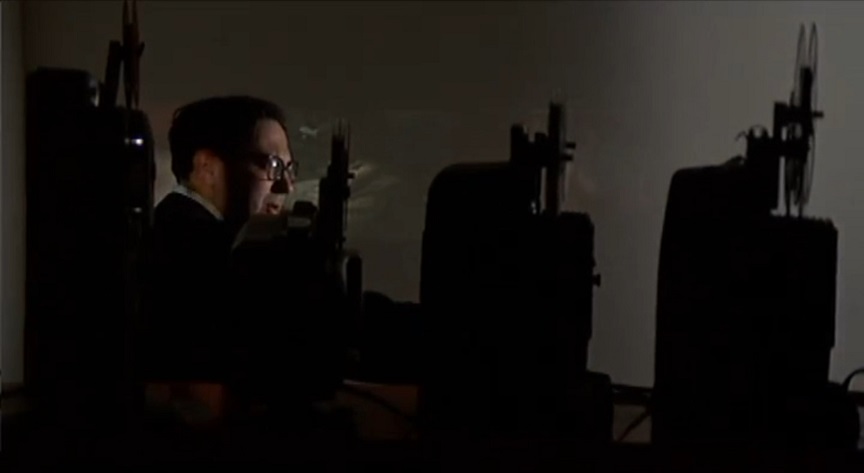
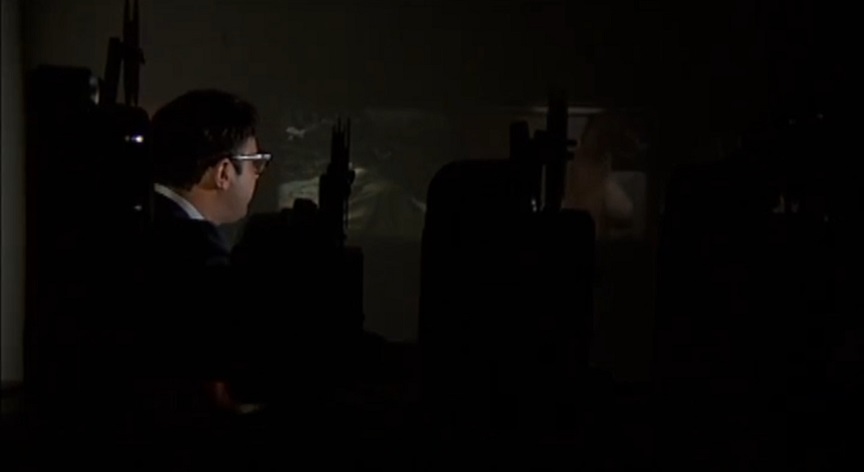
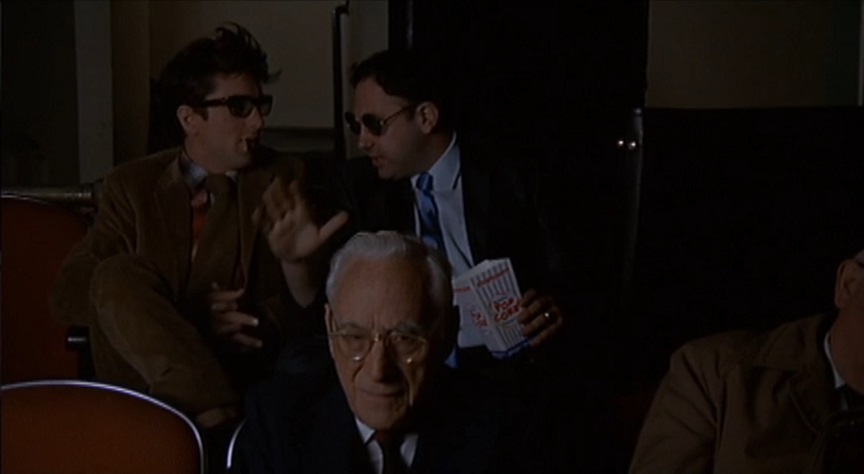
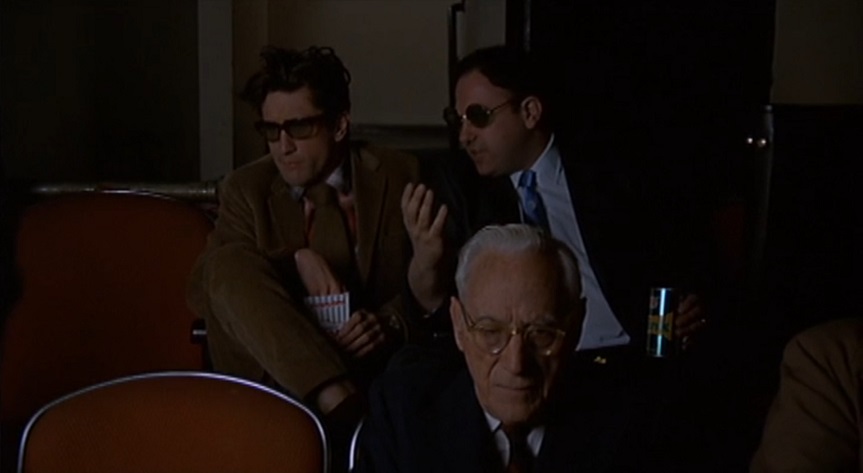
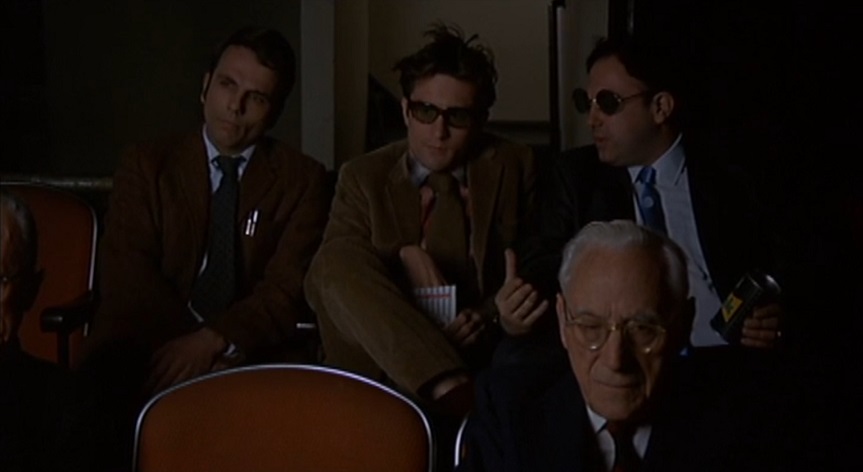
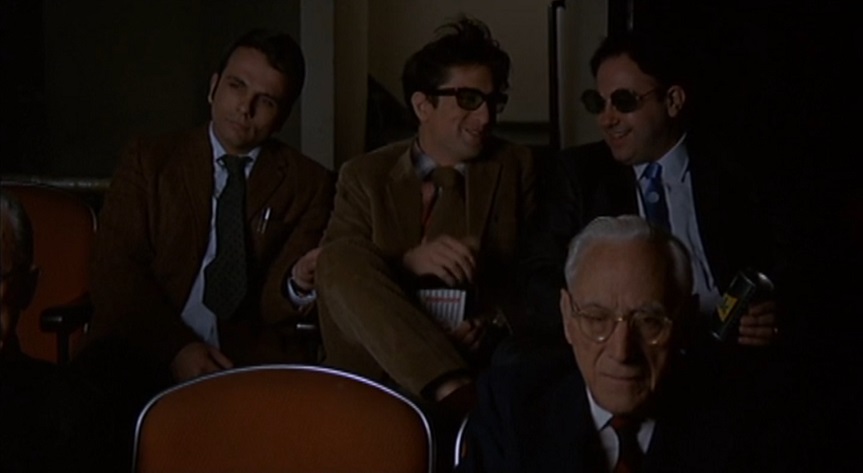
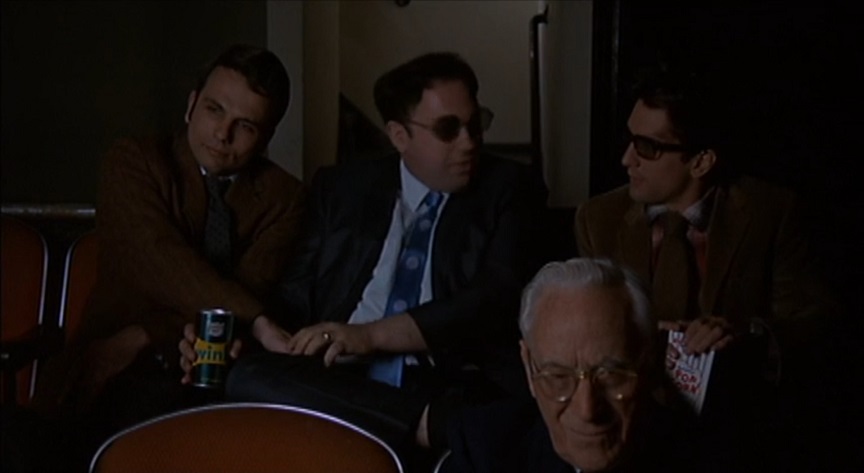
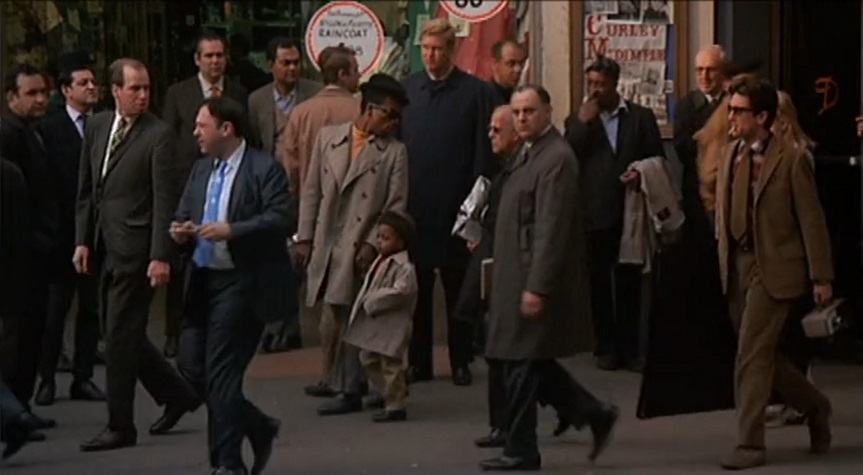
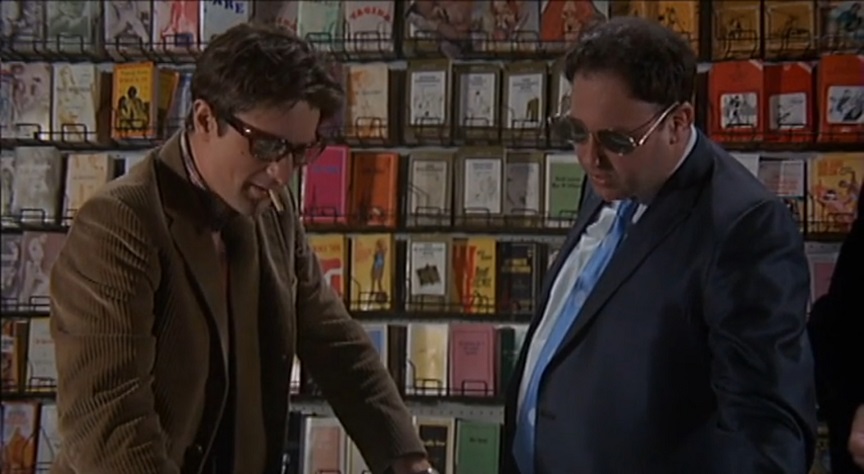
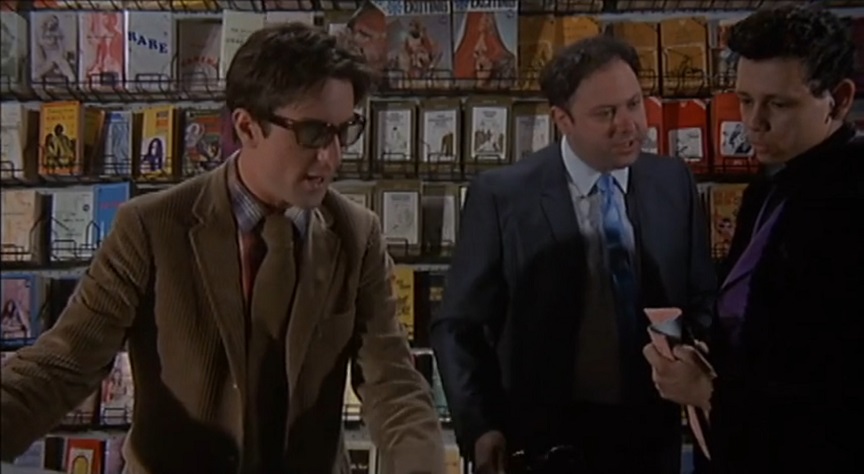
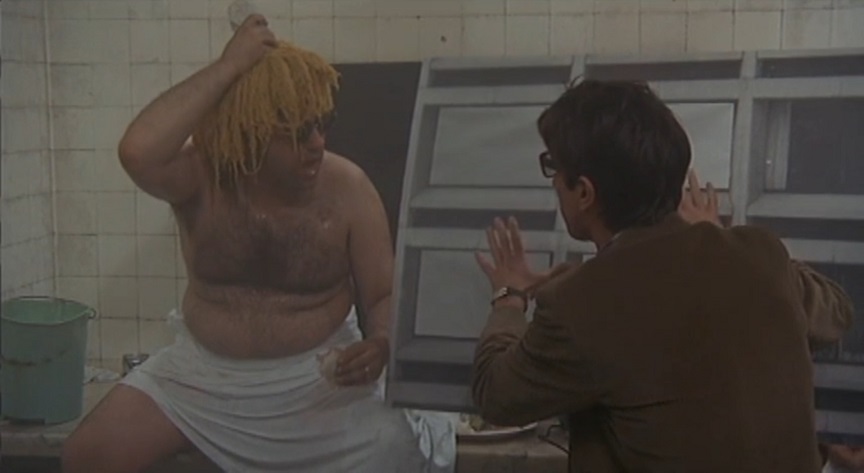
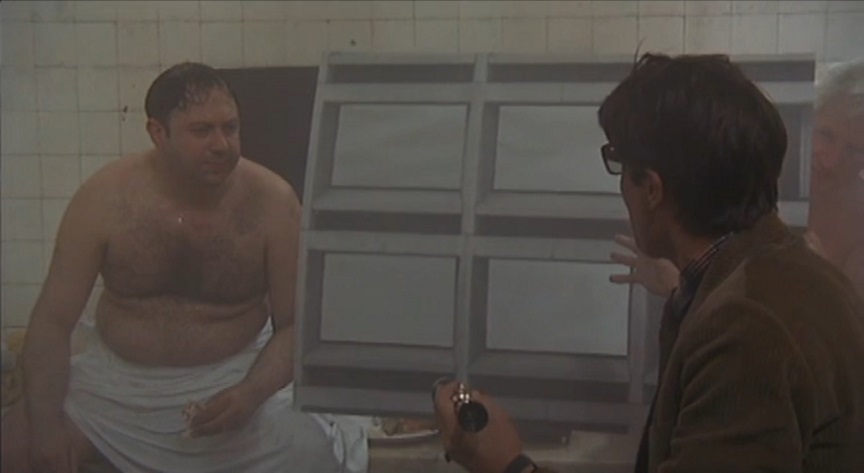
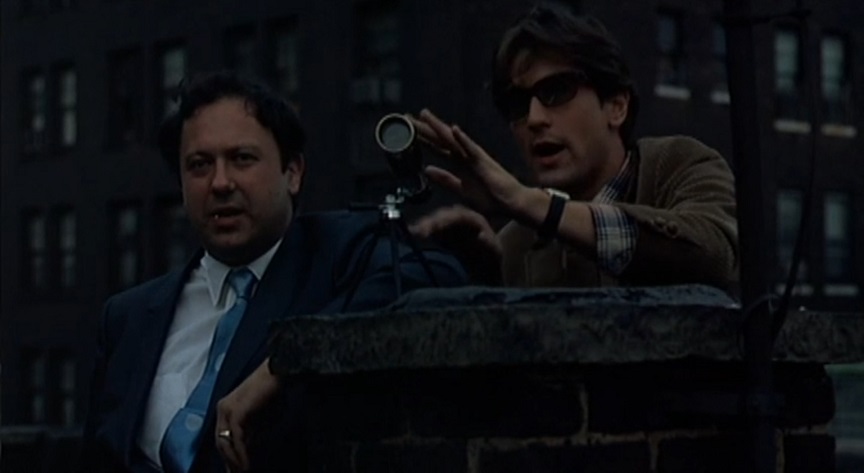
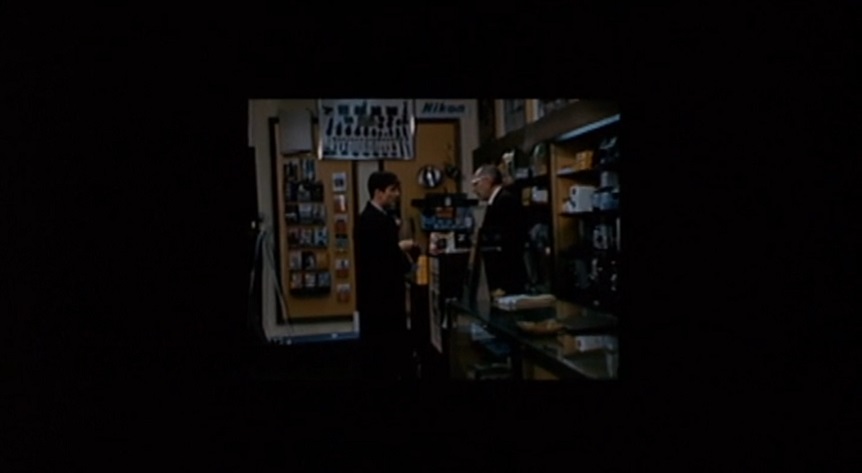
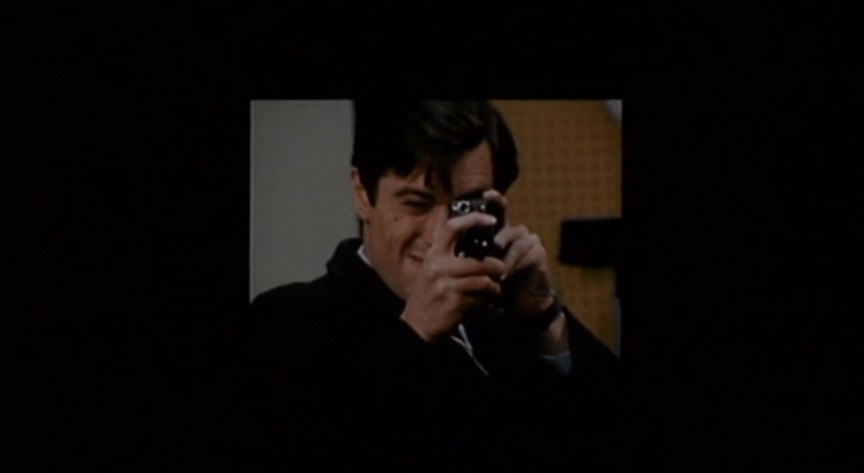
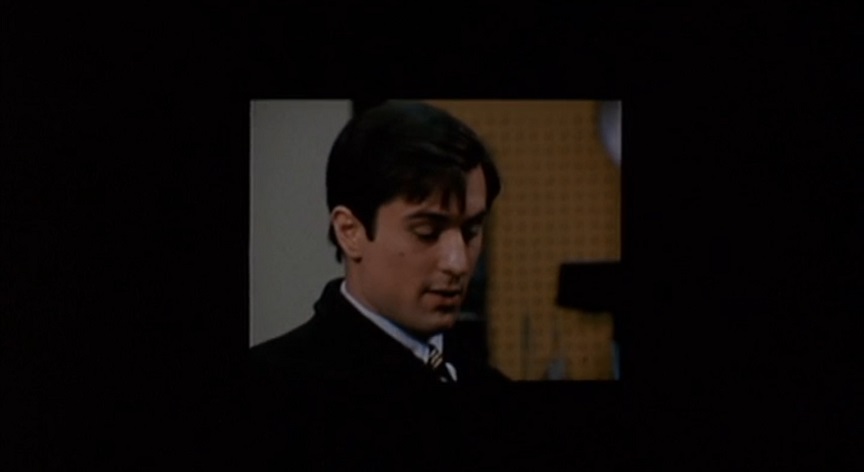
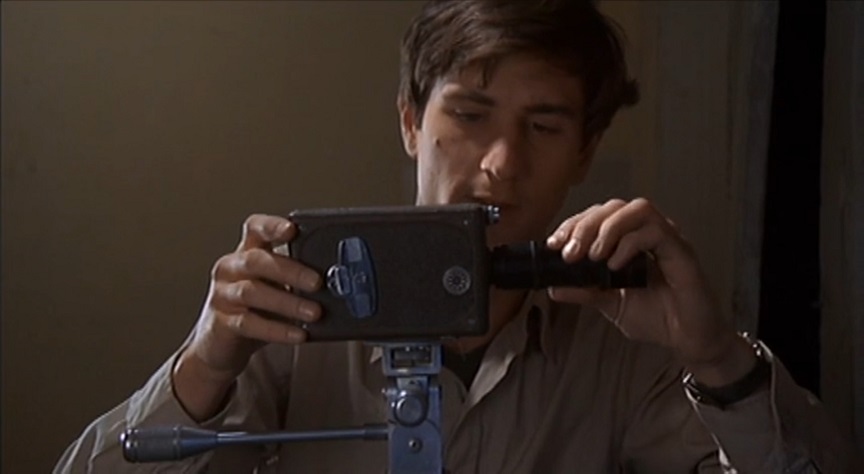
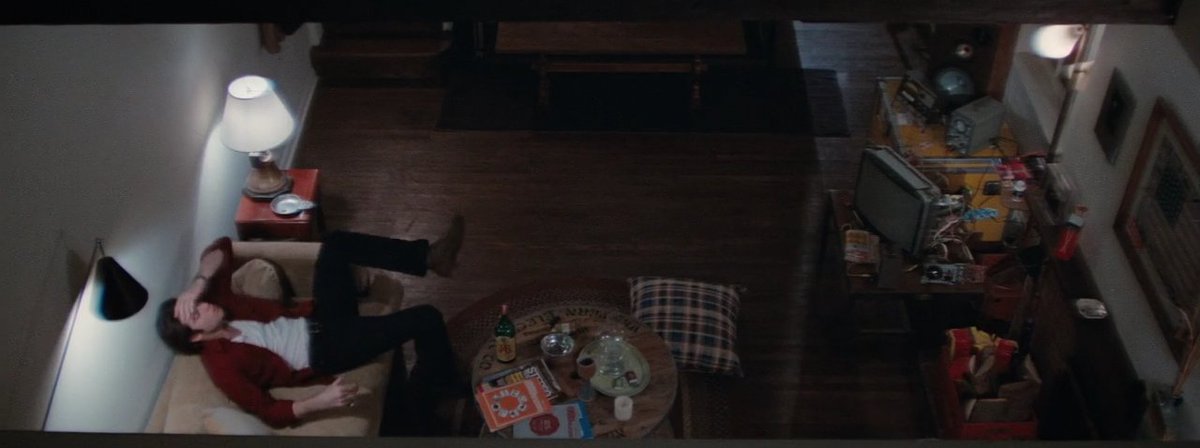

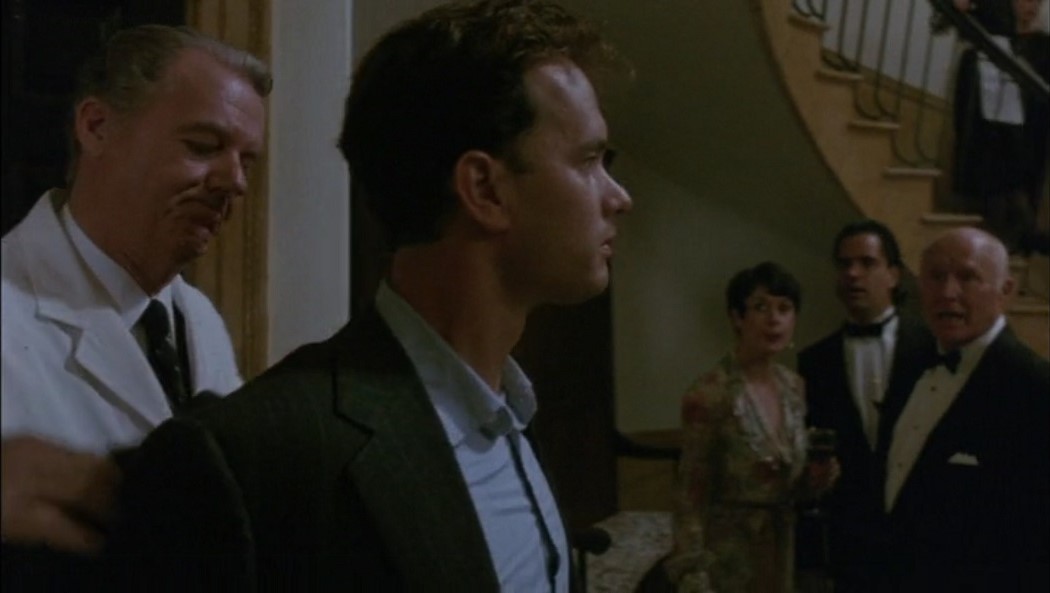
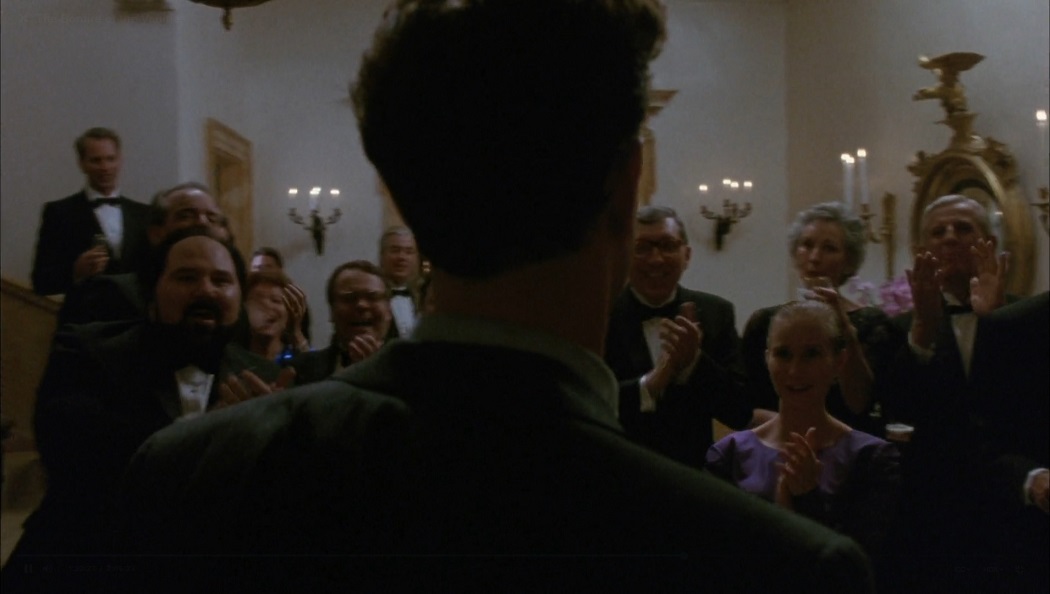
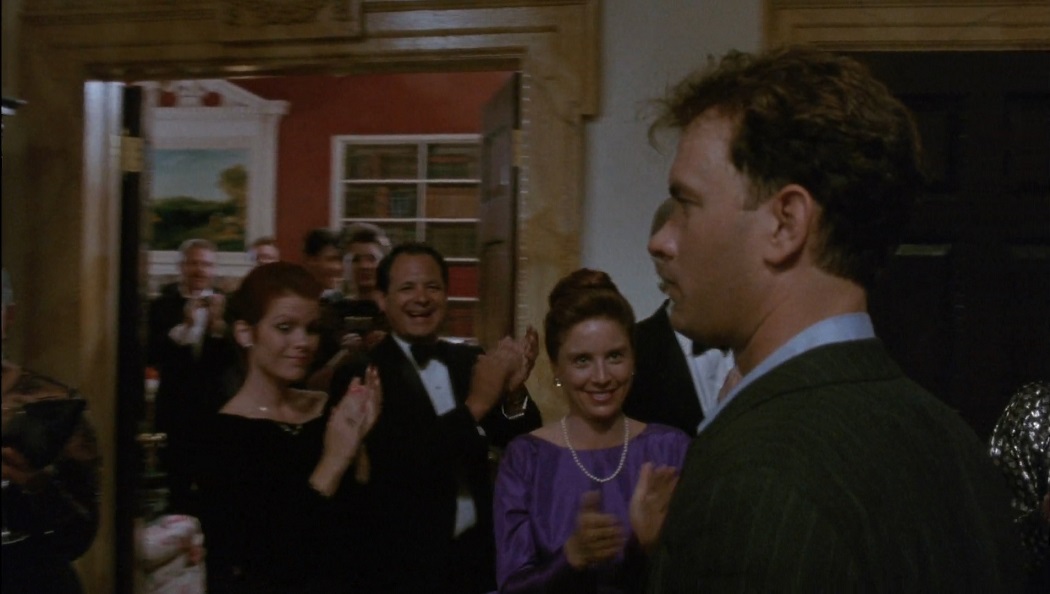
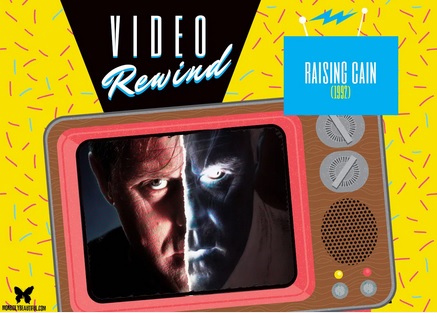 In the "Video Rewind" column this month at
In the "Video Rewind" column this month at 